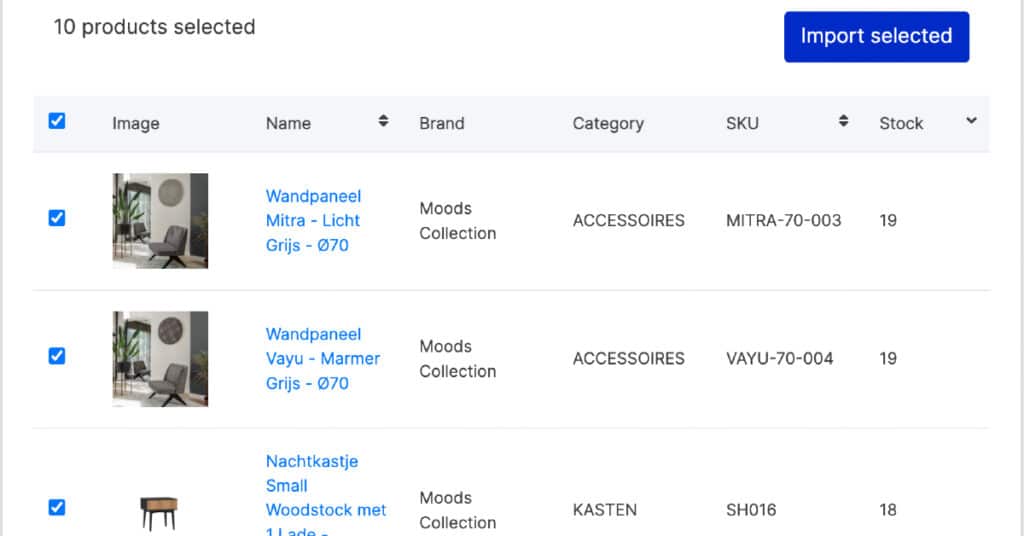Starting a business is an exciting and ambitious endeavour, but it is not easy.
Many entrepreneurs dream of securing substantial funding to kickstart their ventures, but not all startups succeed in this pursuit.
In such cases, entrepreneurs often turn to bootstrapping, which has its challenges and demands unique skills and strategies.
What is Bootstrapping?
The term “bootstrapping” draws inspiration from the phrase “pulling oneself up by one’s bootstraps,” referring to achieving success or improvement through one’s efforts.
In the context of startups, bootstrapping refers to starting and building a business with minimal external funding or financial resources.
Instead of seeking substantial investments from external sources like venture capitalists or angel investors, bootstrapped startups aim to be self-sufficient.
Currently, numerous entrepreneurs are veering away from the traditional path of seeking external funding and instead opting for bootstrapping for various reasons.
As a result, successful bootstrapped startups are now more prevalent.
One such success story is Droppery (Dropshipping and Delivery), an Amsterdam-based automated dropshipping solution that specialises in finding and connecting the right customers for suppliers and brands.
To delve deeper into Droppery’s mission, bootstrapping strategy, and challenges, Silicon Canals interviewed Marco Mulder, the visionary CEO and founder of the company.
Additionally, Mulder provides valuable insights for aspiring entrepreneurs.
Birth of Droppery
Marco Mulder, who has been in the e-commerce industry for nearly a decade, observed a recurring issue.
Mulder says many wholesalers, suppliers, and brands offer retailers an automation option through a “Custom Portal.” However, this approach has various limitations and challenges.
“There were then often 2 options: Option 1: As a retailer, build your own integration with the supplier’s API. Developers usually charge €1500 to €2000, and then you only have a product and stock synchronisation of one CMS and one supplier. The order automation is not even included here, which means retailers still have to enter orders manually during the day via a B2B portal,” continues Mulder.
“Option 2 is an Excel or CSV file where you then have to map all the products yourself in your own CMS and also get the images sent via a WeTransfer in order to then provide these products with images,” he adds.
Droppery aims to address these challenges by providing a solution.
Along the way, the COVID-19 crisis further emphasised the need for brands and suppliers to expand their sales channels beyond marketplaces.
“The Marketplaces mostly benefit from that, but you are not growing organically and working on your long-term brand awareness if these places are your only sales channels,” shares Mulder.
“These developments made us think further about developments in society. Brands should always be present through direct channels and retailers because otherwise, you will never grow. The number of selling parties via Marketplaces keeps rising and it is of no use having 10 selling parties on 1 Marketplace to sell your brand,” says Mulder.
Recognising this shift in the industry, Droppery sought to connect suppliers with new online retailers, both domestically and internationally.
“This was the main reason for us to add the matchmaking part, where we connect suppliers with new online retailers, both national and international, to stimulate as much organic growth and as many reliable partnerships as possible,” notes Mulder.

Facilitating communication
Droppery serves as middleware, facilitating communication and automation between suppliers and online retailers. Droppery’s comprehensive platform enables end-to-end management of product data, inventory, and orders.
Droppery also introduced a matchmaking solution that connects suppliers and retailers, expanding their sales networks.
“With our software, long and expensive processes aren’t required, because we have already built most integrations. Regardless of whether it is an existing or new supplier, retailers can plug in and submit a request to the supplier(s) of their choice within 5 minutes,” explains Mulder.
This approach grants suppliers full control over their business partnerships and terms while relieving them of the burden of providing constant data and stock updates.
“Suppliers can easily scale up their retail network in desired regions, as we now have retailers in 16 different countries,” he adds.
“One example is Bazar Bizar, who has organised it very well and built a network in 16 different countries, a simplified process for all D2C customers and very little upkeep because everything runs automatically,” he cites.
Bootstrapping: Challenges
Bootstrapping offers entrepreneurs independence and control over their venture, however, it also comes with its fair share of challenges.
Talking about the challenges, Mulder says, “When you start running a startup, you have to expect that you won’t earn anything for the first few months to a year, and you will have to invest in growing the business.”
“This brings many challenges and requires you to be creative to keep growing. Furthermore, it is critical that everyone you work with sees the urgency and wants to go for it, otherwise, you won’t make it far,” he continues.
“A year ago, we added a new CCO to the team with Cathelijne Mooren. Thanks in part to Cathelijne’s contribution to the team, we achieved significant growth,” adds Mulder.
When asked about his recipe for success, Mulder quips, “A good cook doesn’t give away his secret recipe.”
Bootstrapping: pros and cons
According to Mulder, the process of bootstrapping has its pros and cons.
“When you are confident about your own business, you can decide the right strategy for yourself, your direction, and your course. This provides flexibility.”
“The downside is that for a certain period, you have no financial security and you have to take care of this yourself. If you cannot stand that pressure or have too little knowledge of the market, I would advise entrepreneurs who have a good idea to look for an investor immediately,” he adds.
Mulder’s strategy to build a cohesive team
According to Mulder, Droppery offers its employees the highest degree of flexibility in carrying out their roles, allowing for negotiation in the way they work together.
Moreover, significant effort is invested in team members’ development, ensuring their growth and progress within the company, he says.
“Besides working hard, we also find it important to invest in fun activities for the team, for example when a target is achieved. This is how we try to build and maintain a close-knit team,” says Mulder.
On allocating resources effectively
Talking about allocating resources effectively, Mulder shares, “Being able to multitask is an important factor, though by time-blocking and working in a structured way you can be very efficient with your time.”
“Based on your priorities, you then determine what you can do when clients or partners aren’t available. For example, from 09:30-17:00, we want to have as many contact moments with the customers as possible,” he adds.
“All other things that don’t require customer contact, such as administrative work, thinking up strategy, and all other activities, can be done before and after those hours,” he says.
Mulder’s advice for starters
Mulder also provided valuable advice for aspiring entrepreneurs looking to bootstrap their businesses.
He says, “Stay focused on the end goal and the solution you found with your business. If the first strategy doesn’t work, switch to another strategy. Make sure you always have multiple ideas within your business model to achieve your goals.”
Roadmap
Droppery is on a mission to improve the entire D2C supply chain for suppliers and brands based on data processing.
“Everything is about supply and demand; the better the supply of the brands and suppliers that are connected, the more nice retailers will join Droppery. For that reason, we also focus on as many useful integrations as possible to make the network as qualitative as possible in different countries in Europe,” shares Mulder.
Droppery is also planning to roll out the logistics network to further enable international expansion, which is often not set up yet for suppliers.
Suppliers are usually set up for purchase orders. We use the logistics process to ensure that B2B orders can also be delivered to consumers. In this way, Droppery will support brands further in their cross-border strategy,” he concludes.










01
From telecom veteran to Dutch Startup Visa success: The Jignesh Dave story